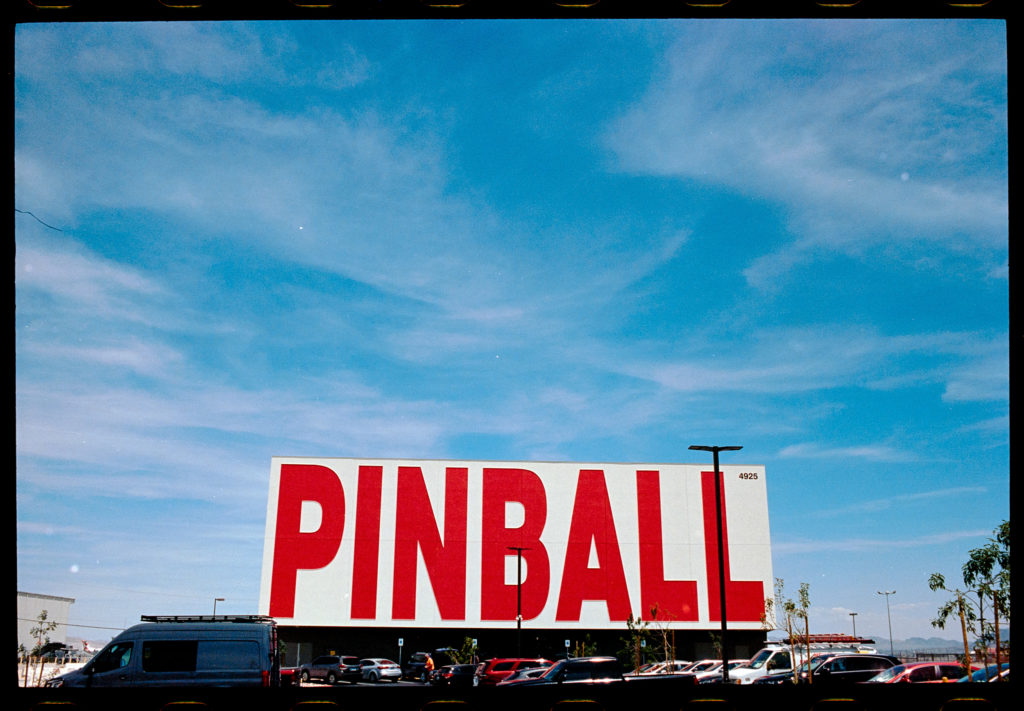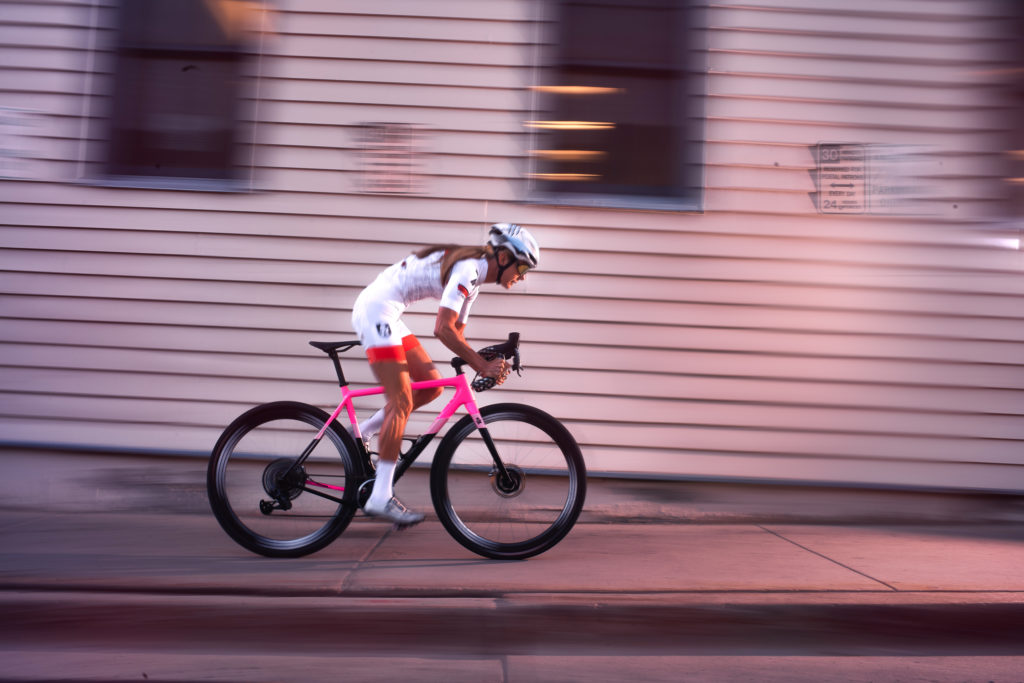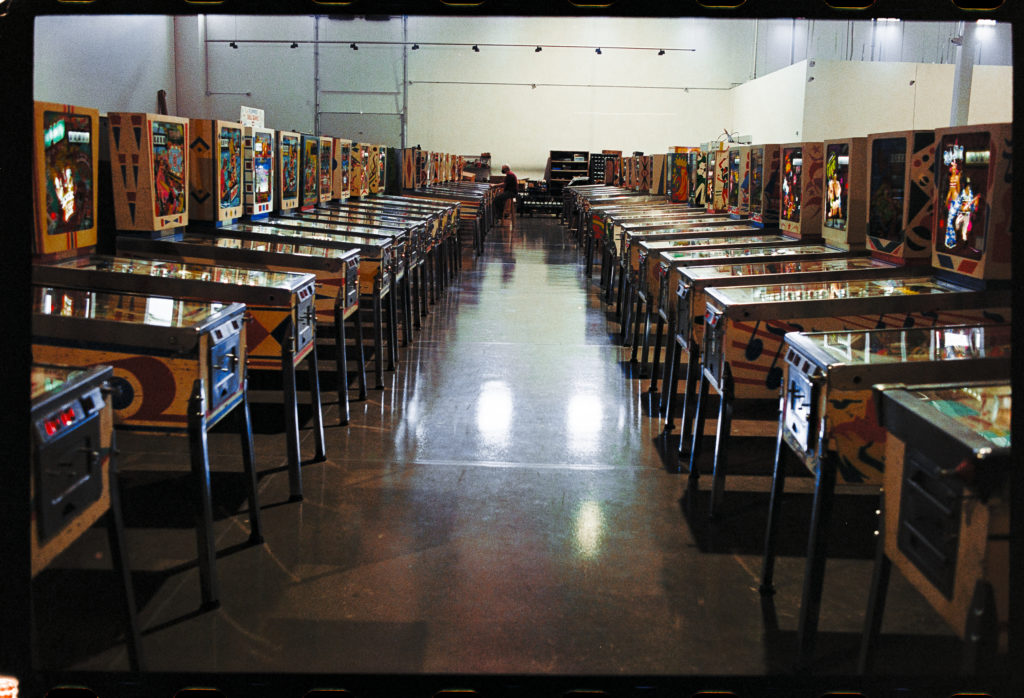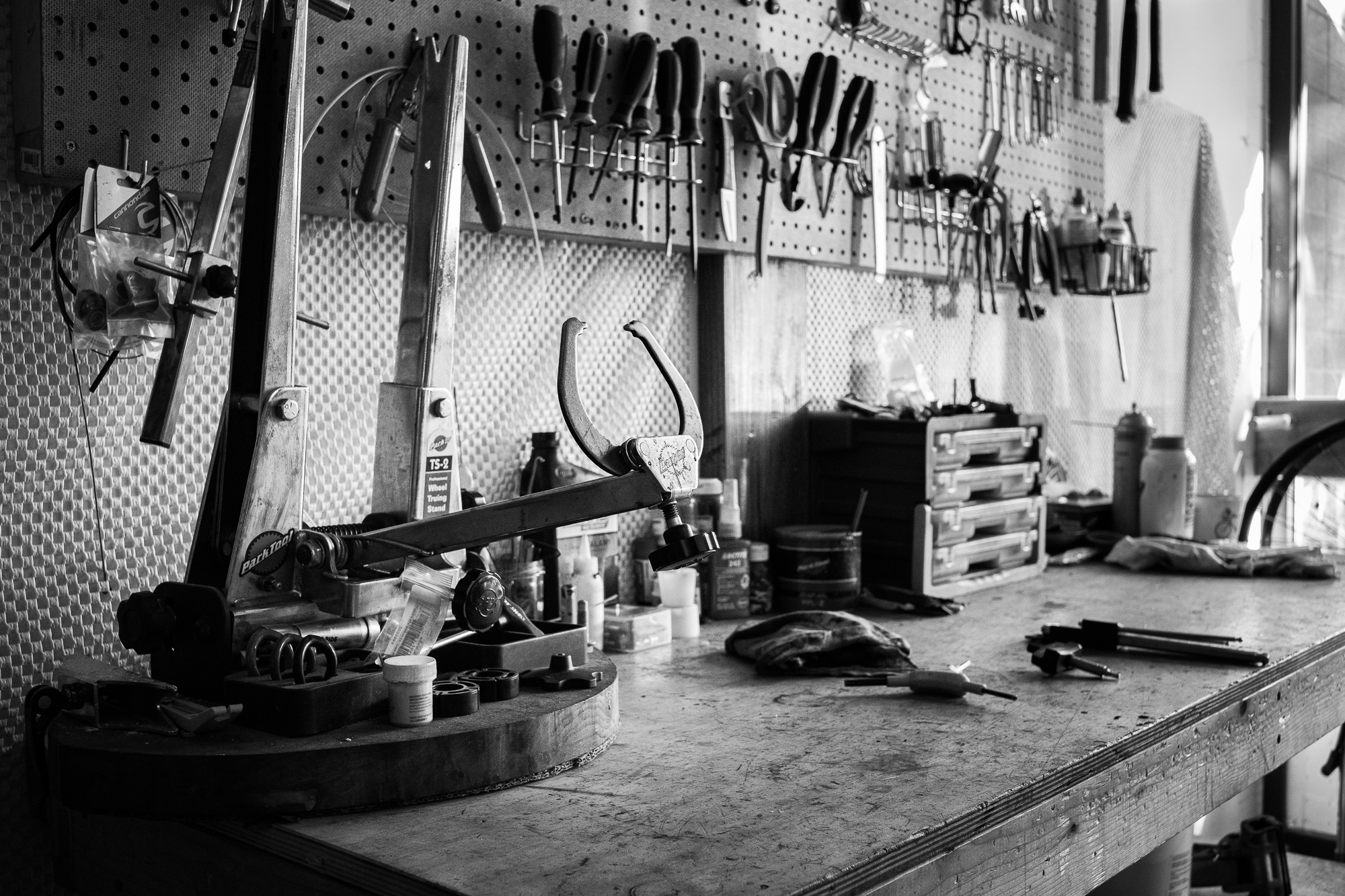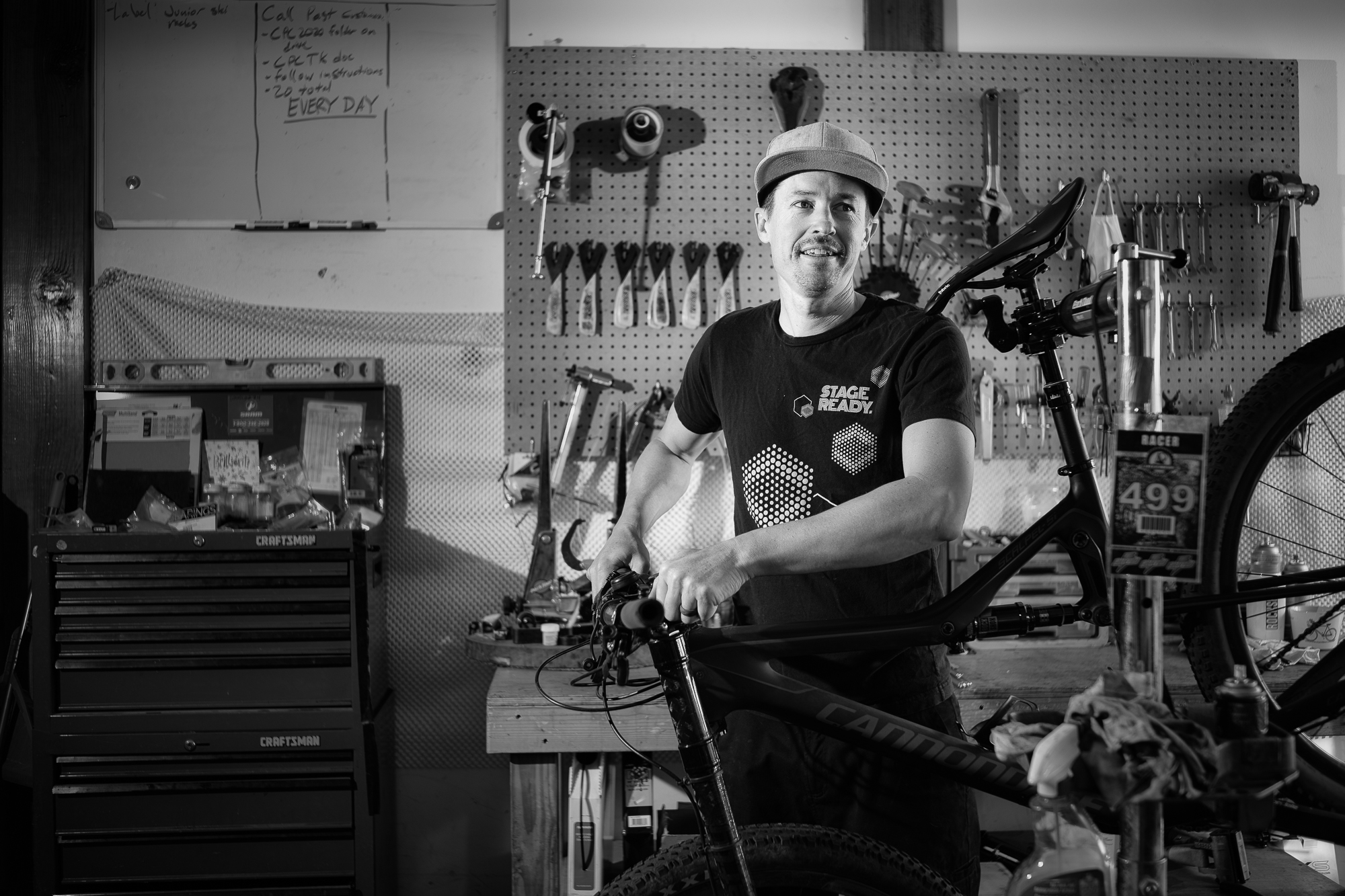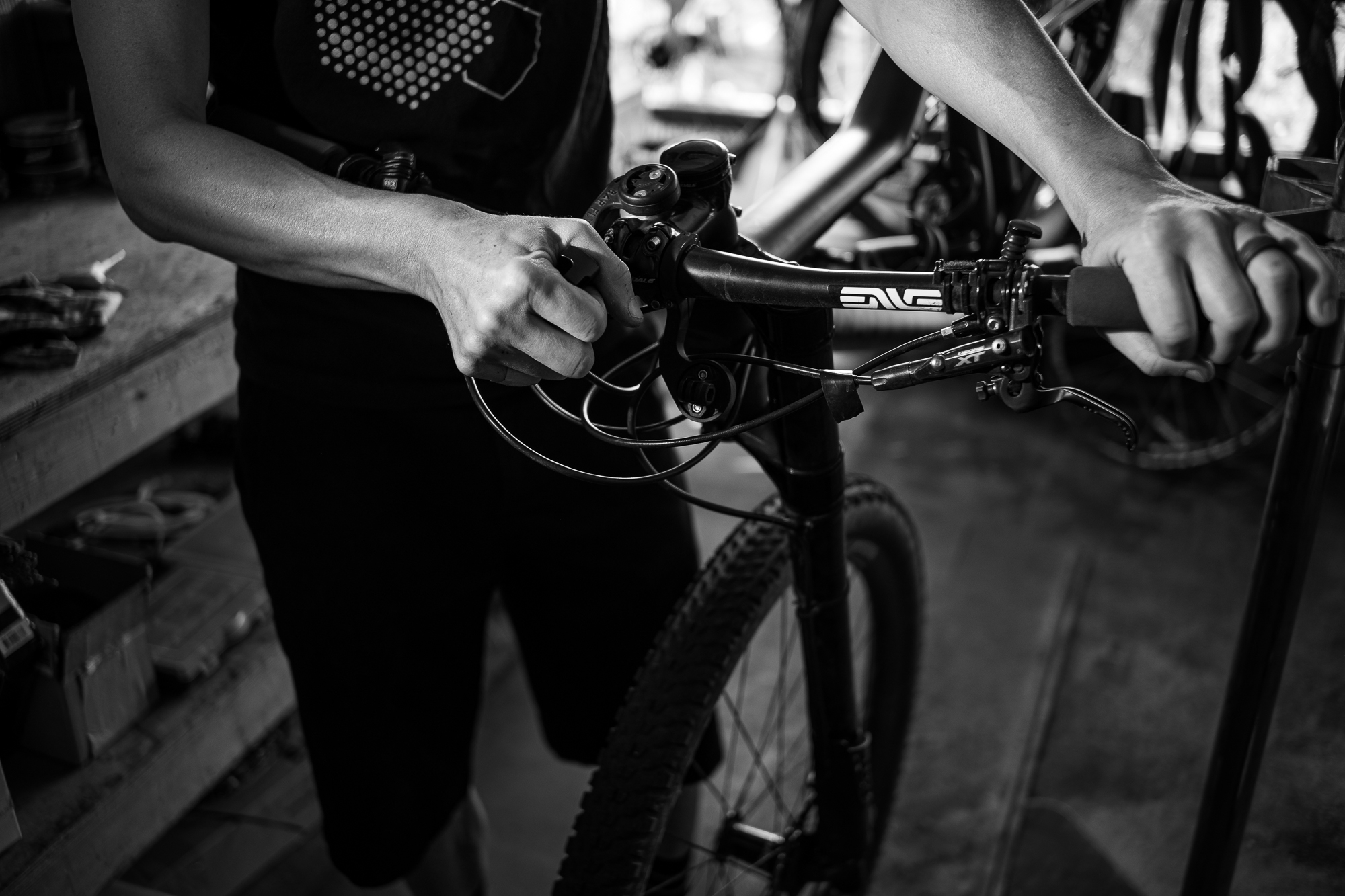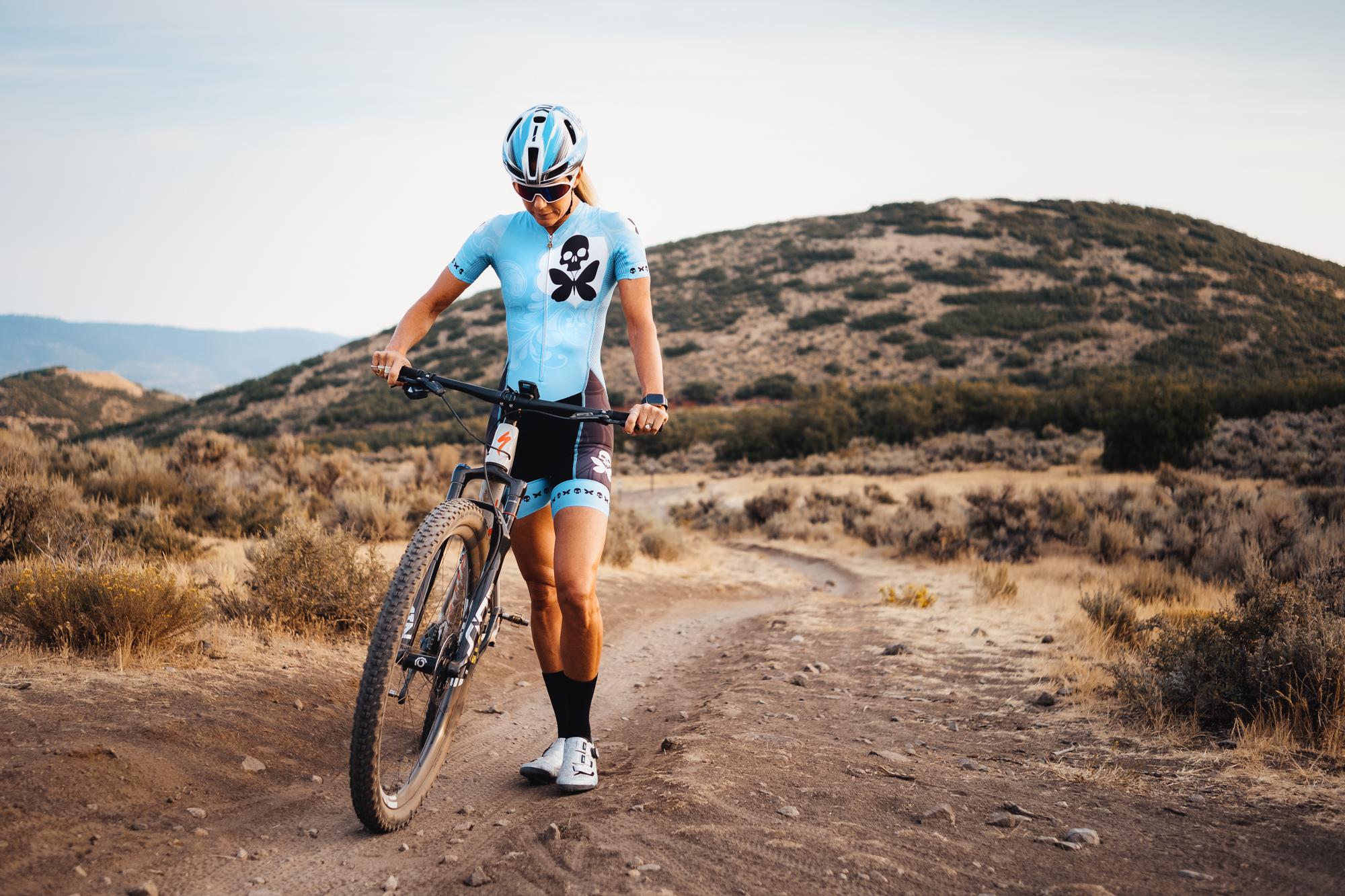Here we are again. Talking about a maligned Summarit lens. I will spare you a rehashing of the storyline about why Summarits are maligned but if you are new to the story, you should check out my summary of the slanderous quasi-controversy regarding the Leica Summarit line of lenses.
The 35mm f/2.4 lens history is a parallel of the 50mm Summarit lens history. In 2007, the first edition of this lens was sold as the Leica Summarit 35mm f/2.5. In 2014, the lens was updated and sold as the Leica Summarit 35mm f/2.4. In 2020 Leica killed off the Summarit line completely.
The optics between the two versions is the same which is confusing. How can they be the same and one be f/2.5 while the other is f/2.4? There are two theories. The first appears on Erwin Putz website where he says:
“[the Summarit] lenses have the same maximum aperture of 2.5. Actually it is closer to 2.4 because Leica wants to make sure that the indicated aperture is what you get on film or sensor. Cosina lenses often have physical apertures that are a quarter or a third stop slower than the indicated apertures.”
Sounds like a reasonable explanation. A second explanation is reported to come from the marketing materials from Leica regarding these lenses which says that the Leica engineers were able to increase the maximum aperture by 1/8 exposure value by tighter tolerances in the production process.
Whatever the reason, the only thing that concerns us is that the optics between the two are the same. The outer body, lens hood, and packaging are, however, different. The f/2.4 version was sold with a lens hood and a leather case while the f/2.5 version was sold without a hood and came in a pouch. The f/2.4 lens hood is improved over the older f/2.5 version because it is sleek, square, metal and it screws into place and doesn’t move. It is the epitome of lens hood design but now I sound like a broken record since I already waxed poetic about this style of lens hood when I reviewed the Summarit 50mm f/2.4. Another difference between the two versions is that the original f/2.5 version had an E39 filter while the subsequent f/2.4 version has an E46 filter.
On garden gnomes and parked cars.
Almost nothing to see here folks. Almost nothing except for the malignant carbuncle of a close focusing distance of 0.8m (1). Most other Leica rangefinder lenses close focus at 0.7m. Some annoying (at least to me) lenses close focus at less than 0.7m. Presumably, this 0.8m close focusing transgression was a cost or size saving measure because this is, after all, the “budget line” of Leica lenses. Whatever the reason, it isn’t welcome and that extra 0.1m (2) can be a pain point in some situations. All of this close focusing nonsense really makes the case for a high-resolution sensor, like the SL2 or M10-R (3), where cropping in on an image can make up for the close focusing issues inherent on rangefinder cameras – but I digress.
Other than that close focusing blemish, this lens is disturbingly nice to use. It is big enough not to be fiddly. It is small enough to be small. The aperture ring clicks perfectly without being sloppy. The focus ring is properly tabbed and neither nubbed (like a Zeiss ZM) nor naked (like my 50mm Summicron V5). A good tab is like Saxx underwear. Once you know how good it is, you can’t live without it. #iykyn
Flare there?
No. This lens has Zeiss level flare obliteration powers. All you get is a dull white spot that has more in common with a phlegm stain than any sort of dreamy color wash or mystical shape that would enhance an image. If flares are your thing and you opt for this lens, my recommendation is to also purchase a sun flare overlay pack on Etsy or a companion 7Artisans 35mm photoelectric (4) You are going to need it.
Does it have SOUL?
There are times in nature where a negative is also a positive. Sickle cell anemia is one example. Although sickle cell anemia is a debilitating disease, the upside is that people with sickle cell anemia are resistant to dying from malaria. Keep that in mind as we talk about SOUL.
By now, you know that I spend hours droning on about SOUL in these little rangefinder lenses. Sometimes SOUL is the goal. Sometimes you travel to India on vacation to look at the ghats in Varanasi where grit, grime, burning flesh, pestilence, and possibly even leprosy are somehow welcome, interesting, and part of the show. In India, a little bit of dirt on the bathroom floor or even human feces on the platform at the train station is an accepted part of travel. During other vacations, any sort of grime is as unwelcome as the stink in the men’s bathroom at an airport. Sometimes you just want a clean bathroom and the Summarit 35mm f/2.4 is, by all means, a clean bathroom. It is spic and span. No dust. No hair. No fragments of toilet paper on the floor next to the commode. The images are gleaming, unsullied, and spotless. If you frequent photographic forums your brain may be saying, “What about clinical? He just rattled off a list of synonyms describing a clean bathroom and didn’t use the word clinical? What about clinical? Is it clinical?”
I shoot Sony for my commercial work. I know clinical. This is not that.
What this lens has can’t be described as SOUL but if the spectrum ran from SOUL on one end to Clinical on the other, it would land more toward clinical yet retain some daylight between this lens and the clinical maximum of a Sony lens. The Summarit retains at least some Leica goodness.
From my vantage point, the images from the Summarit 35mm f/2.4 are soul free, stink-free, and somewhat less than clinical.
If all of that is not enough, I am going to call in an assist and let Erin Putz who is unambiguously more cultivated on this topic than me chime in. On his website, he opines that “The [35mm] Summarit performance is of a very high level and certainly equal to that of the Summicron.”
Leaving the objective review of Erwin Putz behind, we need to venture into more subjective territory. It seems that bokeh is always given more consideration weight than it maybe it should when deciding on a 35mm lens purchase. Now don’t get me wrong, bokeh it is important if you are into this stuff but having quizzed dozens and dozens of normal people looking at images and trying to assess whether or not bokeh, I can assure you they don’t even notice small differences in bokeh unless it is pig vomit bokeh. Everyone can see the difference between an 85mm f/1.8 and a 28mm f/2.8 but that is not what we are talking about when we try to split hairs and play the bokeh game.
Anyway, the assumption is that the bokeh of an f/2 lens has to be better (or at least more out of focus) than f/2.4 when shot wide open right and this difference is worth a price premium? The short answer is yes (or duh or obviously) but the long answer is more involved. Moreover, changing how you think about bokeh when you are deciding on a lens may be warranted if you have any interest in seeing the world the way I do. An analogy is in order to explain how I think about the issue.
Let’s say you were going to some crummy bed frame online that you will need to assemble. One bed frame costs $900 and the other one costs $1100. You really want the $1100 bed frame and you then turn to your spouse (who BTW is annoyed that you are spending your quality time on the couch shopping on your iPad) and you remark, “$1100 seems expensive.” To which she replies, “No, dummy, that bed only costs $200.”
Your spouse, a latent behavioral economist, accurately identified a fault in your thinking. She sensed that you are feeling the pain of an $1100 purchase when you should be focused on the difference between $1100 and $900. The $900 is baked into either purchase. You are spending that money either way.
Where I am going with this stupid analogy is that the analytic error you made while shopping is the same error that some people make when considering bokeh while they are lens shopping. Mental error is that you are comparing whatever bokeh you expect at f/2 (or other fast aperture) and an image from an iPhone which has no bokeh at all and draw the conclusion that you need the fastest lens you can afford. In reality, you should only be focusing on the bokeh difference between the lenses you are comparing. For example, if you are comparing the Summarit 35mm f/2.4 and the 35mm Summicron, you need to be thinking that f/0.4 is only a half stop wider and only a little bit different. What you are going to find is that bokeh is not linear. The bokeh from an f/2 lens isn’t 25% better than an f/2.5 lens because 0.5 is 25% of 2. It is only a little bit different. It took me a little while to realize that I was thinking linearly in a nonlinear world when I was trying to purchase lenses online. Moreover, I found that focusing on absolute numbers was misleading (and costly).
At this point, you might be asking, “so instead of talking about all this bokeh nonsense, since you already own the Summicron 35mm ASPH why don’t you just take 2 pictures and post them to show us the difference and quit yammering at us?” You would think that would be easy, except, right now, it isn’t. The reason is in the 35mm Recommended List.
Regardless of how important minor differences in bokeh are to you, we can all probably agree that the Summarit 35mm f/2.4 lens isn’t what anyone will call a “bokeh monster” in 50 years when it is posted on eBay. Then again, are there any 35mm bokeh monsters? No. Because that is not what a 35mm lens is supposed to do. It is supposed to be a slightly wide or relatively normal length lens that you use to shoot groups of people, environmental portraits, and entire scenes with. In all of those cases, you would never choose a razor-thin depth of field anyway. So, I ask, why would anyone who was comparing an f/2 lens with an f/2.4 lens be concerned with 0.4 of anything at 35mm ESPECIALLY on a rangefinder lens where it is difficult to focus at a razor-thin depth of field anyway?
Navel gazing? Did someone in the crowd say navel gazing was the reason? Perhaps.
So did I keep it?
That is solid question and my answer might surprise you. It surprised me. Remember, I owned the Summicron 35mm ASPH before I started this project so the Summarit has some stiff competition. To see my final decision, I am asking you to support my efforts with LLFNP.com and check out the Leica Lenses for Normal People: Recommended List .
- In American that is 35 inches. It always feels annoying when an American talks in meters. It almost like an American moving to Australia and adopting a fake Australian accent. It doesn’t matter how long they live in Australia they should not be allowed to speak like an Australian. The only caveat is if they moved to Australia before they entered middle school. For kids, a fluid accent is acceptable.
- 8 inches.
- Crop monsters?
- In 50 years they may be calling that lens the “flare monster” or maybe the “Chinacron flare monster” on eBay. “Flare monster,” however, just doesn’t have the gravitas of “bokeh monster” now does it?
Sample Images (black border = film)
